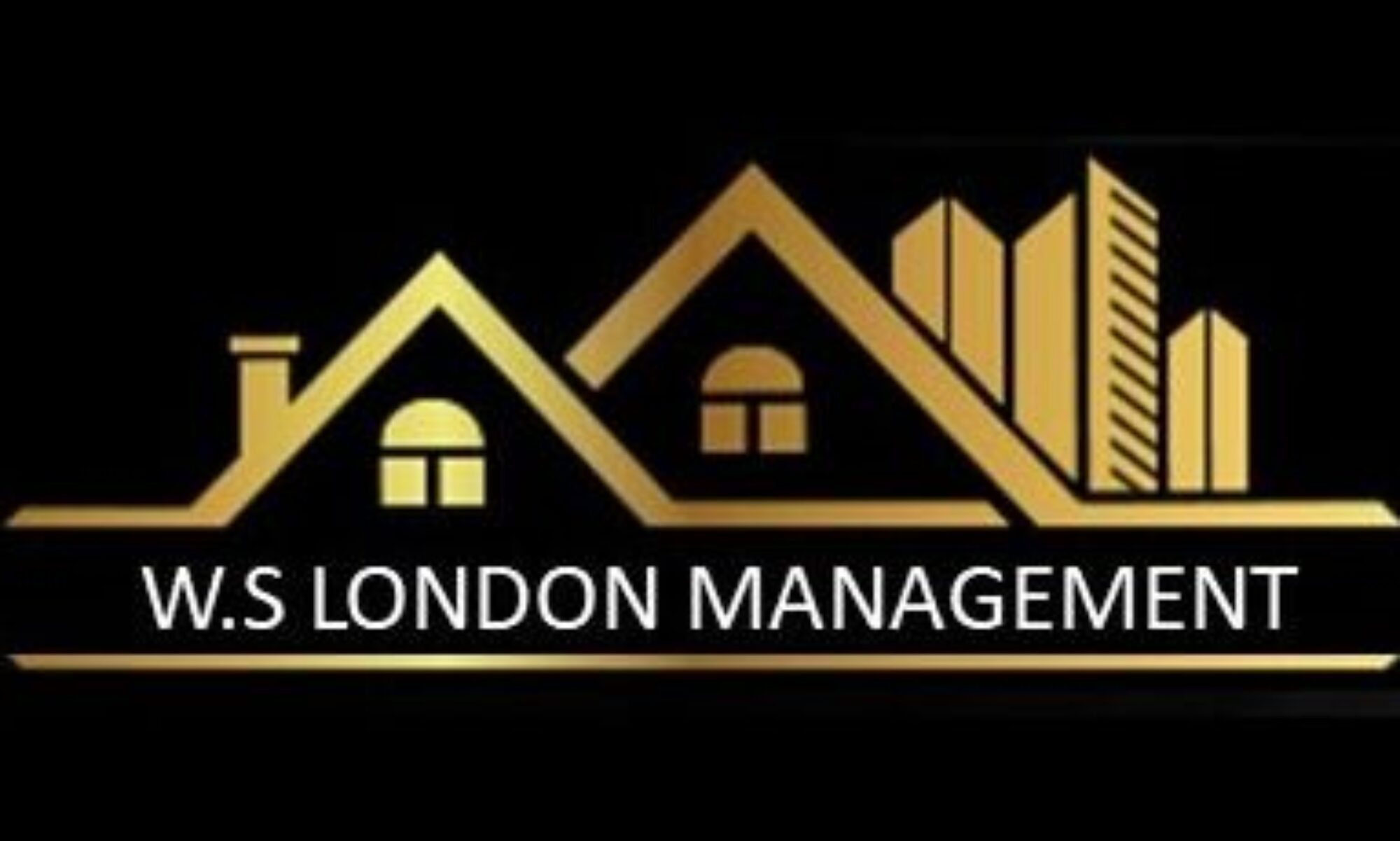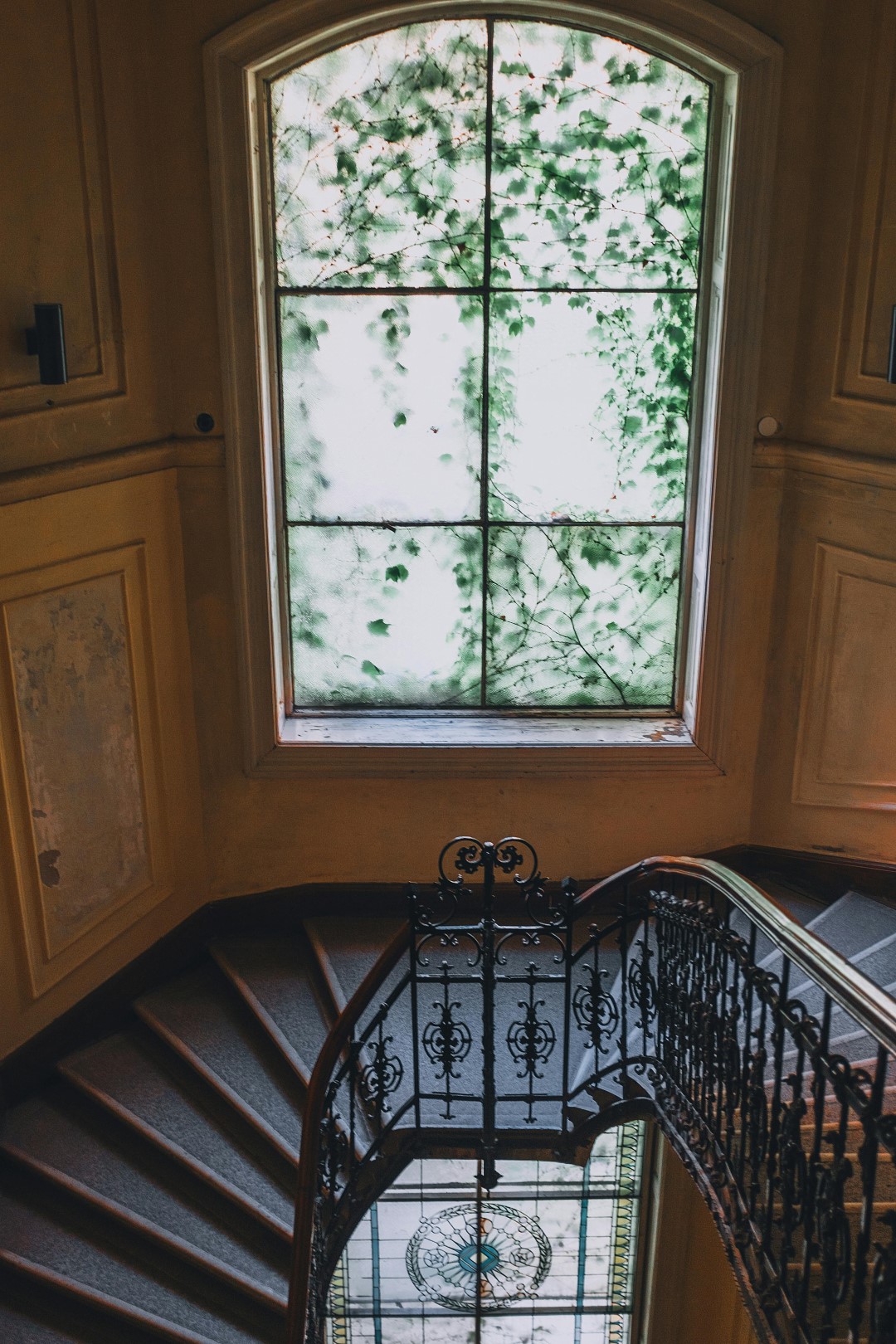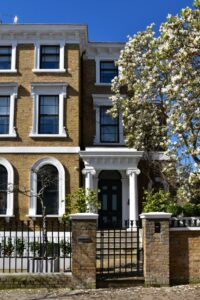In the United Kingdom (UK), a property’s perceived worth and aesthetic appeal are greatly influenced by its architecture. Buyer preferences and market dynamics are influenced by the architectural style of a property, which can range from modern homes to historic landmarks.
This article explores the ways in which various architectural styles affect buyer perceptions and home prices, drawing on Walter’s observations to offer a thorough study.
Historic Architectural Styles:
Victorian Era Elegance:
Victorian architecture is timeless and appealing to customers looking for vintage charm because of its elaborate details, bay windows, as well as steep gables.
According to Walter Soriano, “Victorian properties inspire a sense of nostalgia and craftsmanship, justifying premium prices in attractive neighbourhoods with well-preserved specimens.”
This is further supported by an article claiming that “many Brits still prefer to live in a period property; buying with their hearts and choosing ‘character’ over practicality.”1
Another expert, Robert McLaughlin indicates that “If we are lucky enough to market a Victorian home with most or all of these features, demand from buyers will always be high and their charm never really seems to go out of fashion. Victorian homes are as practical for today’s families as I am sure they were back then, although they do tend to have inside WCs now and fewer baths in kitchens!”2
Georgian Grandeur:
Georgian architecture, with its symmetrical facades, sash windows, and classical proportions, exudes timeless elegance and sophistication.
Walter emphasises, “Georgian properties are prized for their architectural integrity and historical significance, often serving as prestigious landmarks in affluent areas.”
Impressively, and to support these claims, it should be pointed out that “The timeless charm of Georgian properties is proving irresistible to buyers, with new research showing that these classic homes command premiums of up to 47% compared to other properties with the same number of bedrooms in England. This insight comes from a comprehensive study by national estate agency Yopa, which examined the enduring appeal of homes from the Georgian era (1714 to 1830-1837) and their value in today’s market.
On average, a Georgian property in England fetches about £783,000, standing significantly above the average £582,000 paid for other nearby homes of similar size. This equates to a substantial premium of 34.6%, highlighting the enduring allure of Georgian architecture, known for its grandeur, symmetrical design, spacious interiors, and decorative details.
The continued popularity of Georgian homes isn’t just about their visual appeal. These properties typically boast large windows, high ceilings, and wooden or marble floors, not to mention ornate fireplaces. Their robust aesthetics are coupled with a practicality that modern homeowners admire. Furthermore, these homes are believed to hold their value reliably over time, whereas contemporary homes might fall out of favour as architectural trends change.
However, owning a slice of history comes with its challenges. Maintenance can be particularly costly for these historic properties, and the likelihood of them being listed can complicate and add expense to any renovation projects.”3
Contemporary Architectural Styles:
Modern Minimalism:
Contemporary homes embrace minimalist design principles, featuring clean lines, open floor plans, and sleek finishes.
Walter observes, “Modern architecture appeals to buyers seeking simplicity and functionality, with an emphasis on light-filled spaces and seamless indoor-outdoor flow.”
Sustainable Living:
Eco-conscious buyers gravitate towards properties with sustainable design features, such as green roofs, solar panels, and passive heating systems.
Walter remarks, “Sustainable architecture reflects a growing awareness of environmental stewardship, with buyers willing to pay a premium for energy-efficient homes that minimise ecological footprint.”
The following source is interconnected with the aforementioned point regarding modern minimalism. It states that “One of the most prominent trends in modern architecture is the shift towards sustainability. Homes built with eco-friendly materials and incorporating energy-efficient designs are increasingly sought after. This trend is driven by a growing environmental consciousness among buyers and the rising costs of energy. Properties that boast features such as solar panels, energy-efficient windows, and green roofs are not only more attractive to buyers but also command higher market values. The UK government’s commitment to reducing carbon emissions further bolsters this trend, making sustainable homes a smart investment for the future.”4
Cosy Cottage in the Country:
Cosy cottages with exposed wood beams, thatched roofs, and rustic appeal are common in rural settings.
According to Walter, “Cottage-style properties convey a sense of idyllic countryside living, attracting buyers desiring tranquillity and character-rich residences away from the urban bustle.”
Urban Spaces with Industrial Chic:
Loft apartments converted from factories and warehouses provide a unique combination of modern architecture and historical charm.
According to Walter, “Industrial architecture promotes adaptive reuse and urban regeneration, luring buyers drawn to the genuineness and industrial-chic aesthetic of transformed spaces.”
Notably, “The industrial interior design style has become increasingly popular among homeowners looking for a unique and timeless look for their homes. This style often incorporates raw, exposed materials, such as brick or metal, which give it a rustic yet sophisticated feel. Industrial interior design often juxtaposes modern elements with older materials and techniques, which can create a unique and visually interesting atmosphere.”5
As a matter of fact, “With its roots in centuries past, industrial interior design is a trend that speaks to people who appreciate the unrefined, unfinished, yet cohesive look in their living spaces.”6
Conclusion:
In conclusion, historical importance, cultural legacy, and lifestyle choices are only a few of the factors that affect property prices due to architecture, in addition to aesthetics. Buyers are drawn to architectural types that align with their values and objectives, whether they are elegant Victorian townhouses or sleek contemporary homes. Buyers and sellers alike can navigate the complex terrain of the UK real estate market with knowledge of how architecture affects home values.
Walter’s observations emphasise the complex interplay between buyer perceptions and architectural styles, emphasising both the everlasting appeal of unique architectural legacy and the changing trends influencing modern tastes in real estate design.




